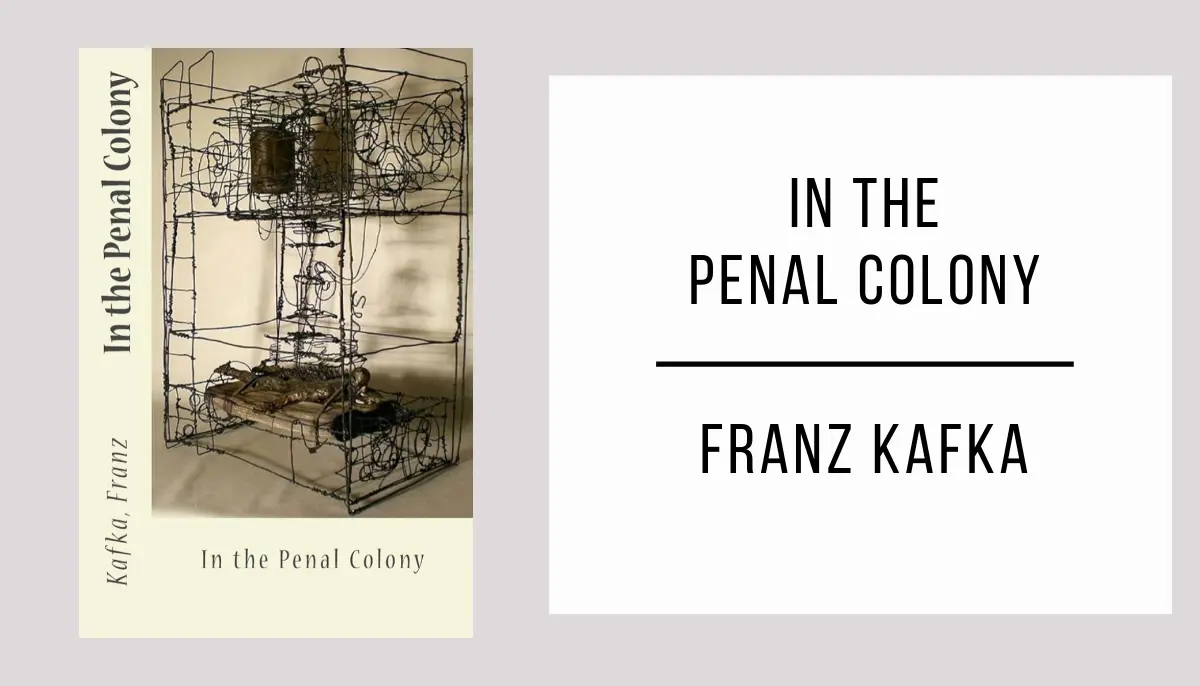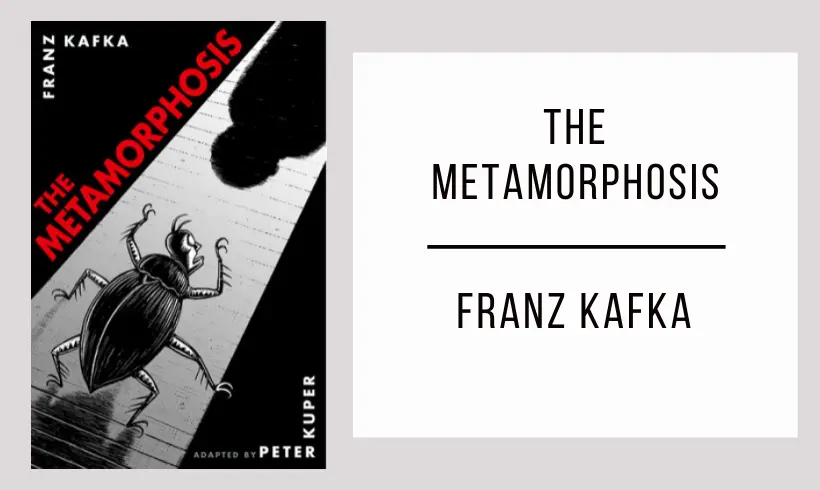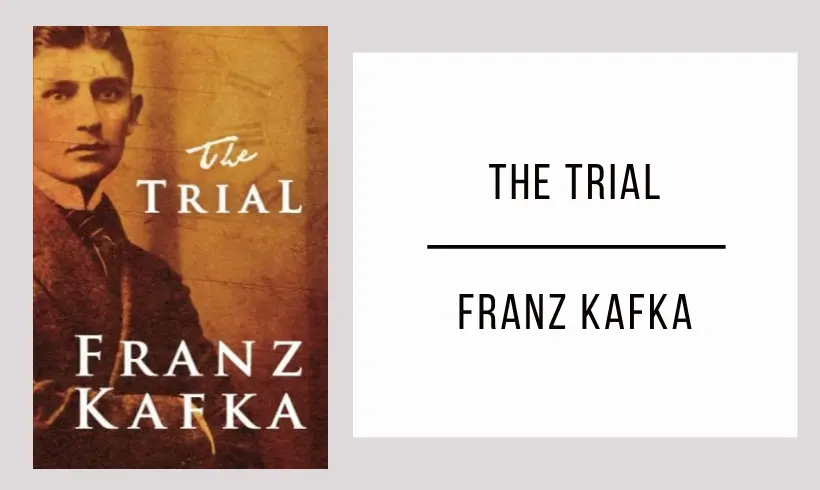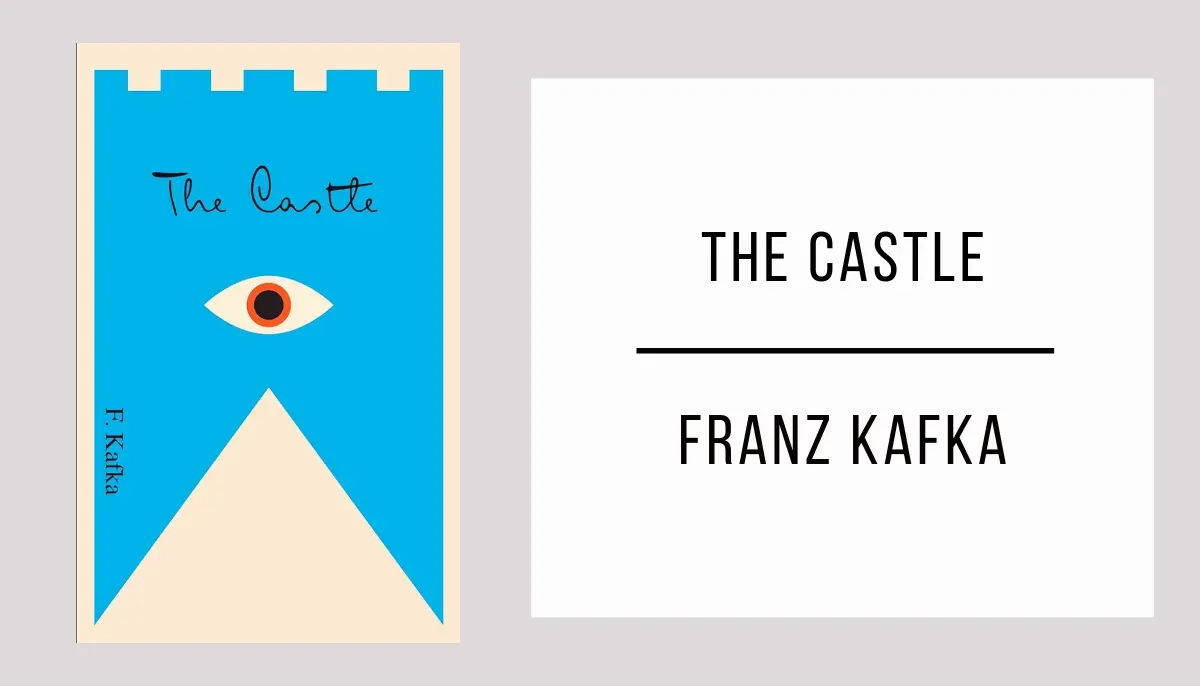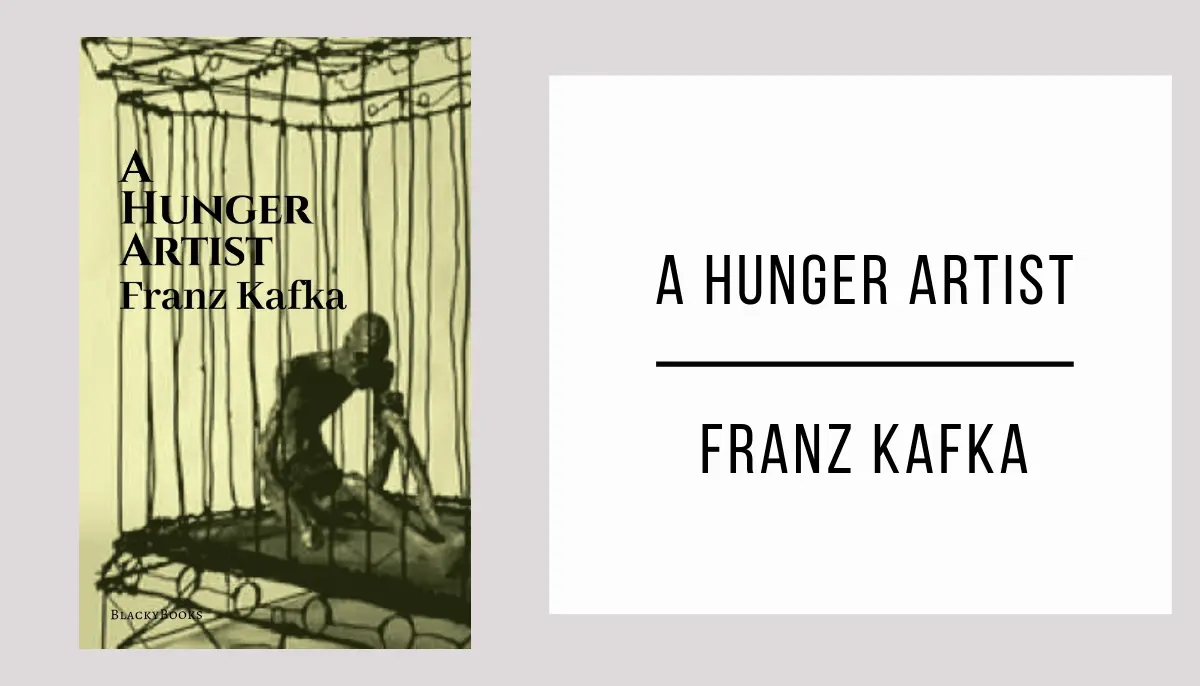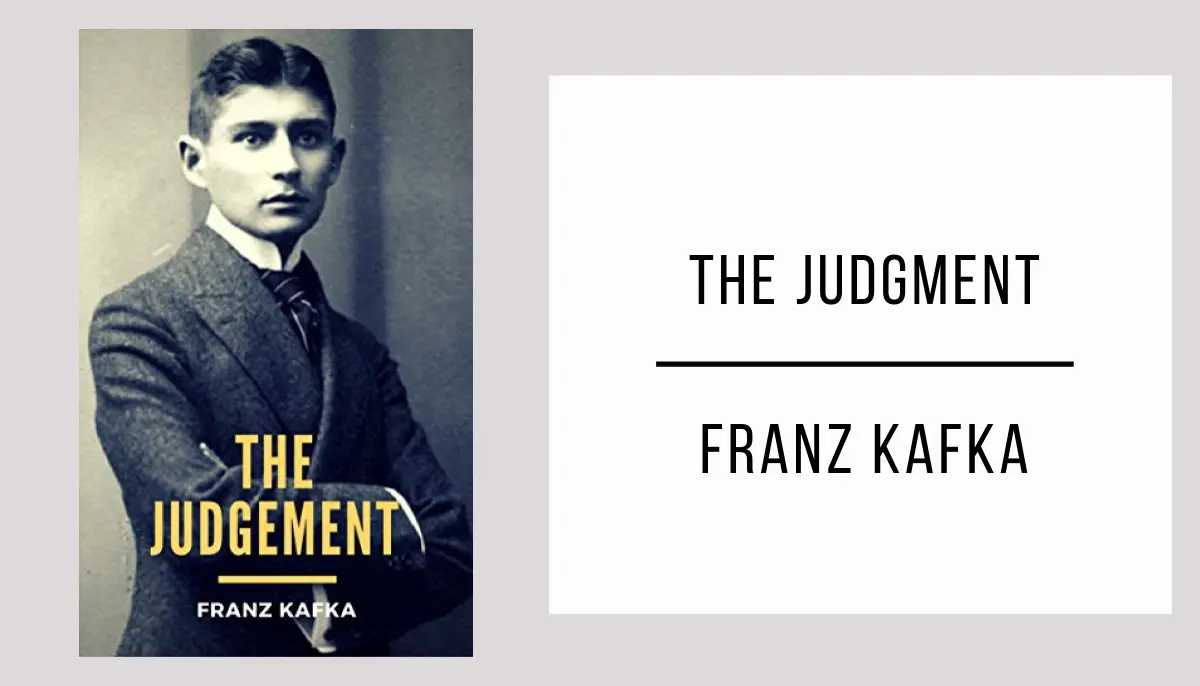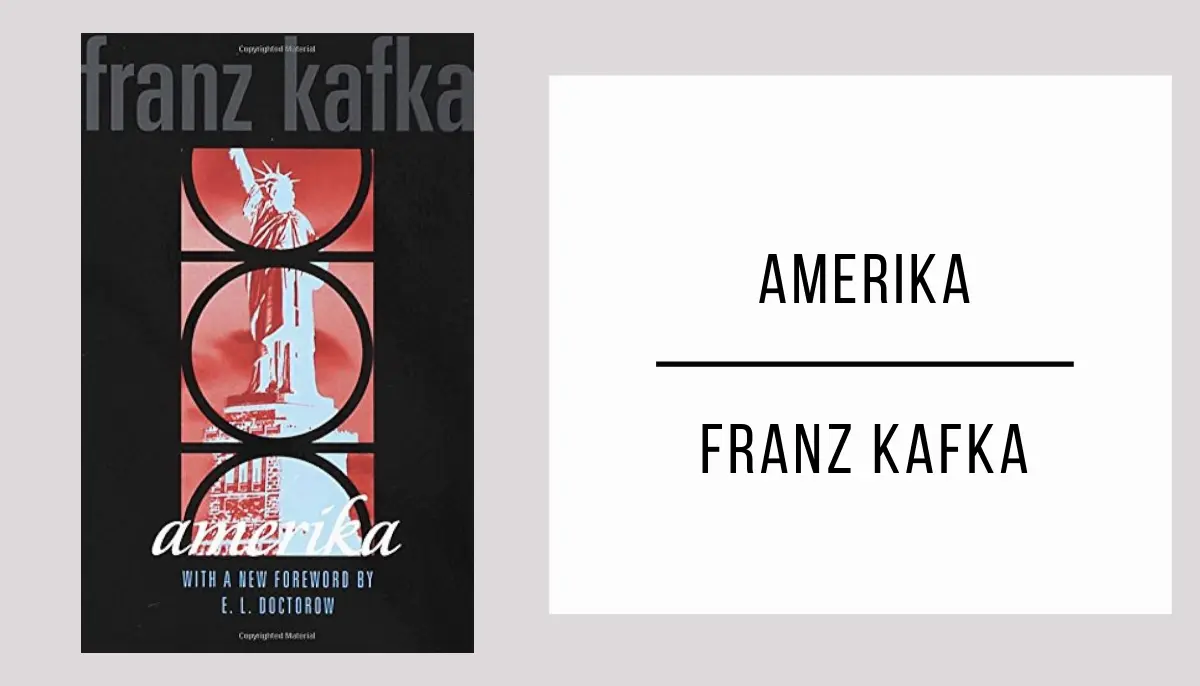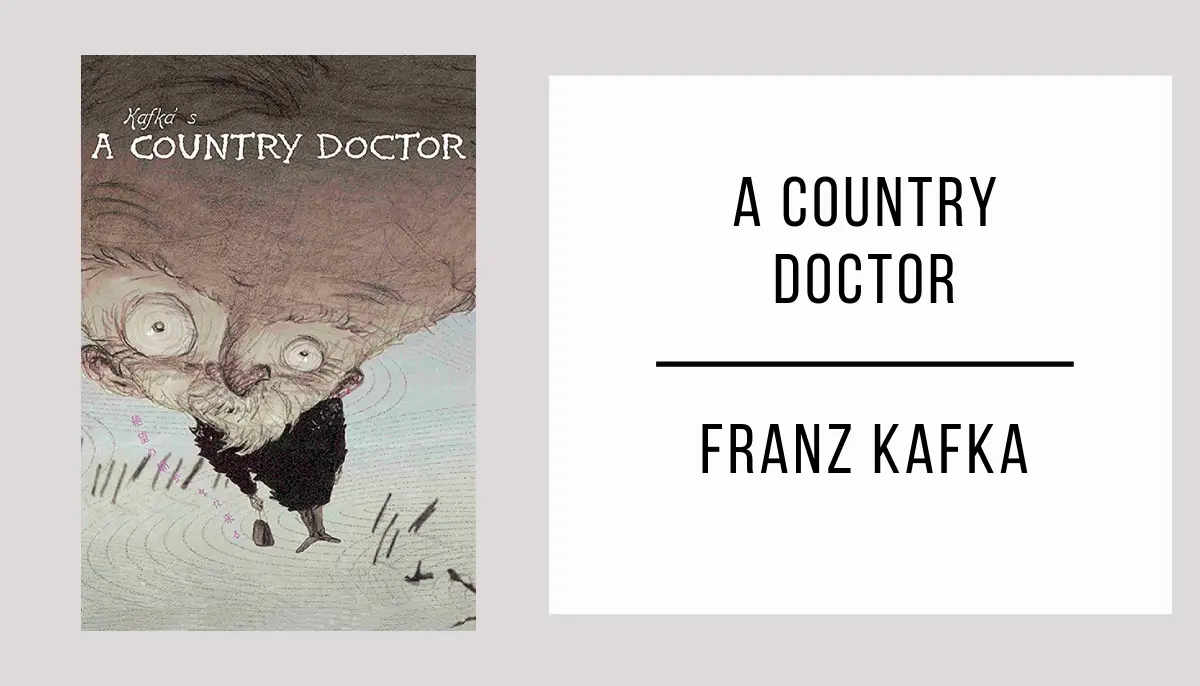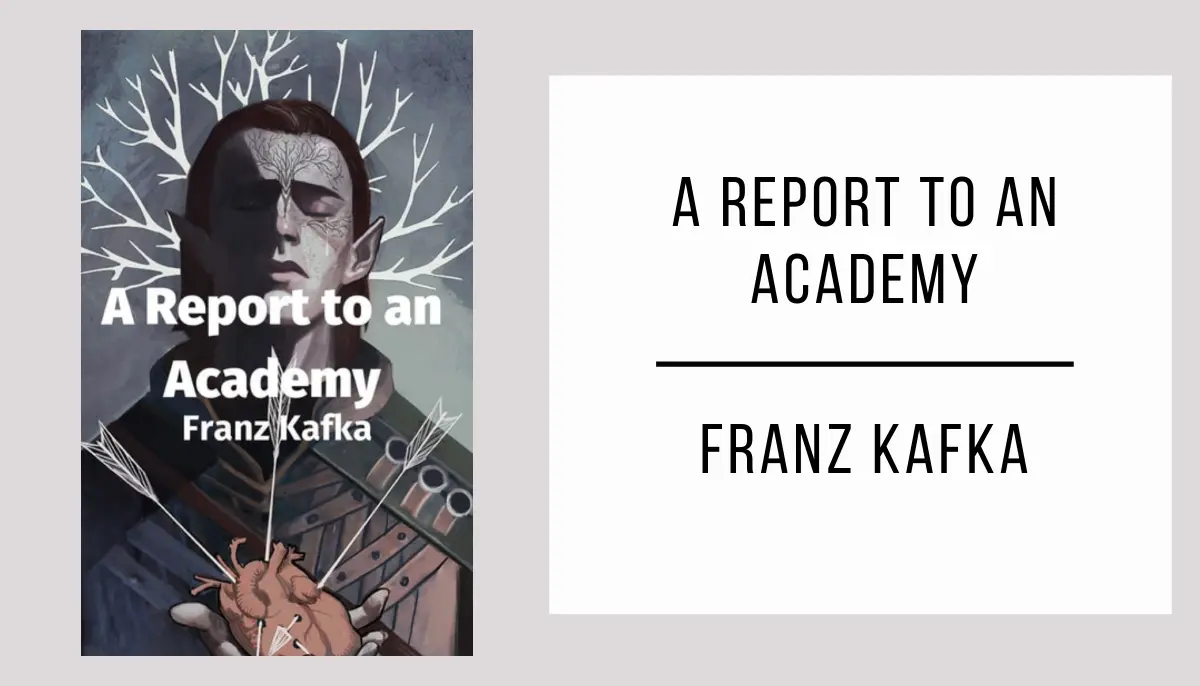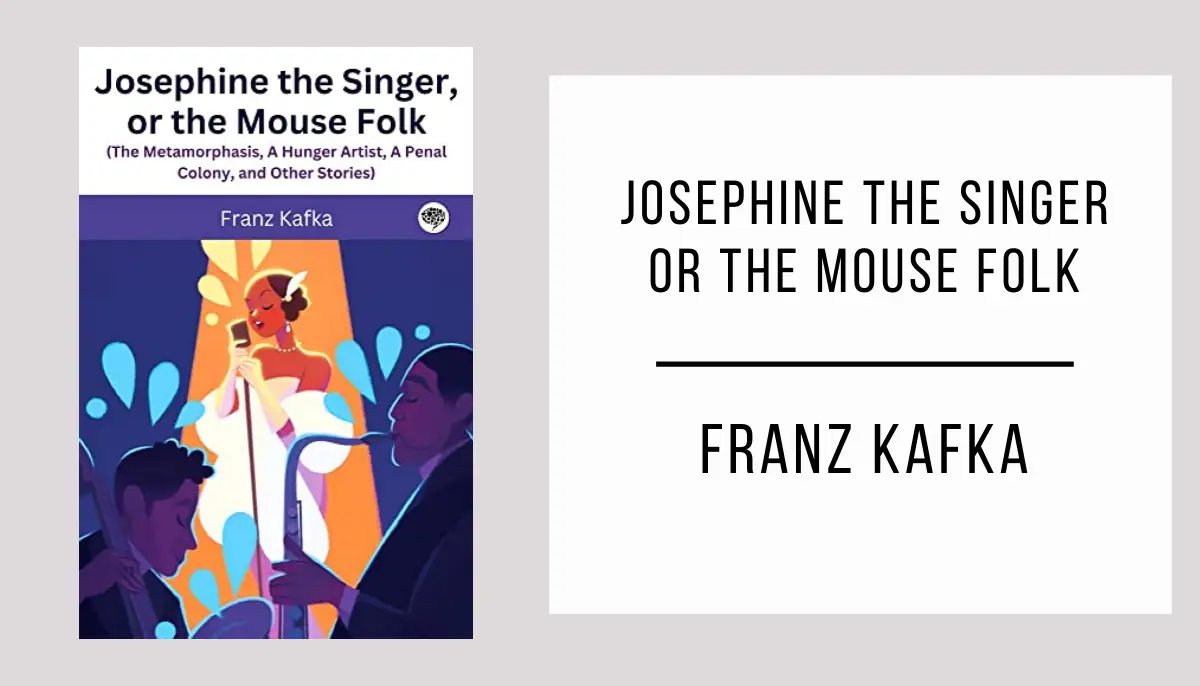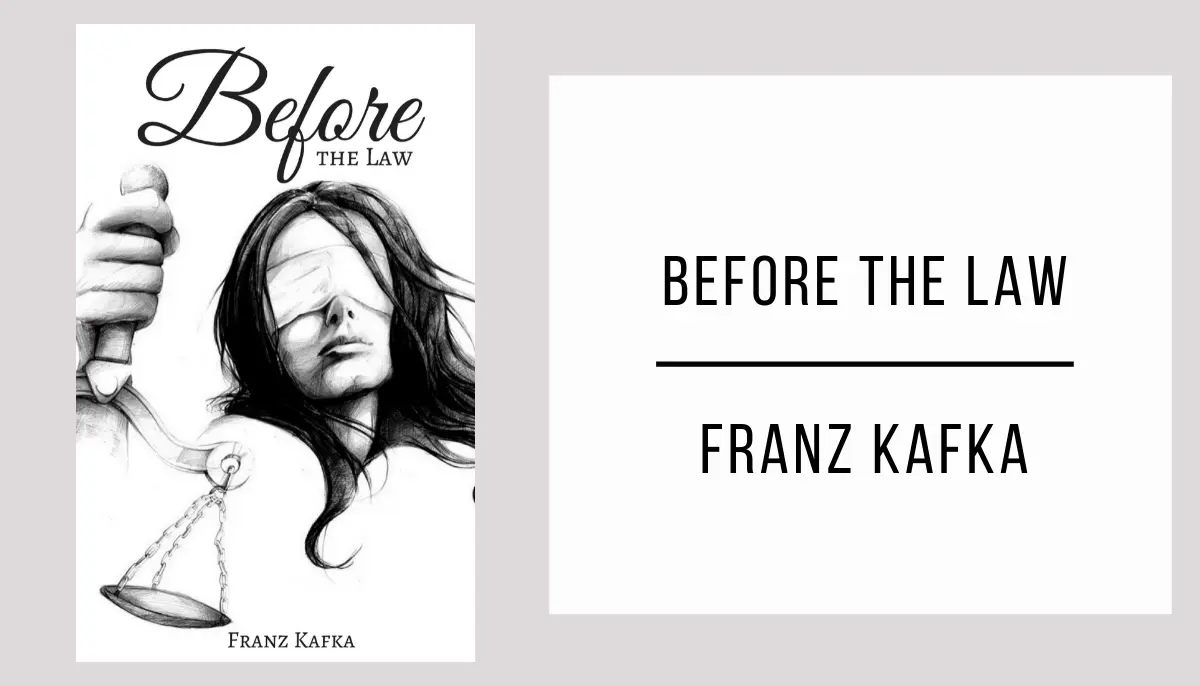“In the Penal Colony” is a captivating literary work that will immerse you in a dark and mysterious world, where power and justice intertwine in an unsettling manner.
Download your free PDF copy of “In the Penal Colony” right now and delve into this impactful story that will challenge your limits and keep you on the edge until the last page.
Don’t miss the opportunity to explore Franz Kafka’s brilliant mind through “In the Penal Colony”.
In the Penal Colony in PDF
*Wait a few seconds for the document to load, the time may vary depending on your internet connection. If you prefer, you can download the file by clicking on the link below.
Loading fileInformation In the Penal Colony
- Author: Franz Kafka.
- Publication Date: 1919.
- Main Characters:
- The explorer: A respected visitor who witnesses the execution in the penal colony.
- The officer: Responsible for operating the strange execution apparatus.
- The condemned: A prisoner facing punishment in the machine.
- The new commander: The leader of the penal colony who questions the execution method.
- Brief Summary: “In the Penal Colony” presents the story of an explorer who visits a remote penal colony. There, he witnesses an execution carried out by a complicated mechanism that inscribes the broken law onto the body of the condemned until it leads to death. The officer in charge defends this method, while the new commander seeks the critical opinion of the explorer to put an end to this form of punishment.
- Thematic Analysis: “In the Penal Colony” addresses themes such as power, justice, indifference, and cruelty. The story raises questions about the morality of extreme punishments and the way society exercises its authority over individuals. Furthermore, it examines power relationships and the influence of technology on the administration of justice. Franz Kafka presents a dark and challenging narrative that invites reflection on the human condition and social structures.
- Historical Context: At the time Franz Kafka wrote “In the Penal Colony” in 1914, there was intense cultural and literary ferment in Europe. Kafka presented the story in 1916 as part of a series of expressionist literary lectures. The work reflects the tensions and concerns of the society of the time, as well as the author’s critical view of institutions and power. The First World War and its consequences may also have influenced the historical background and theme of the story.
Franz Kafka Books
This is our complete collection of Franz Kafka’s books in PDF.


